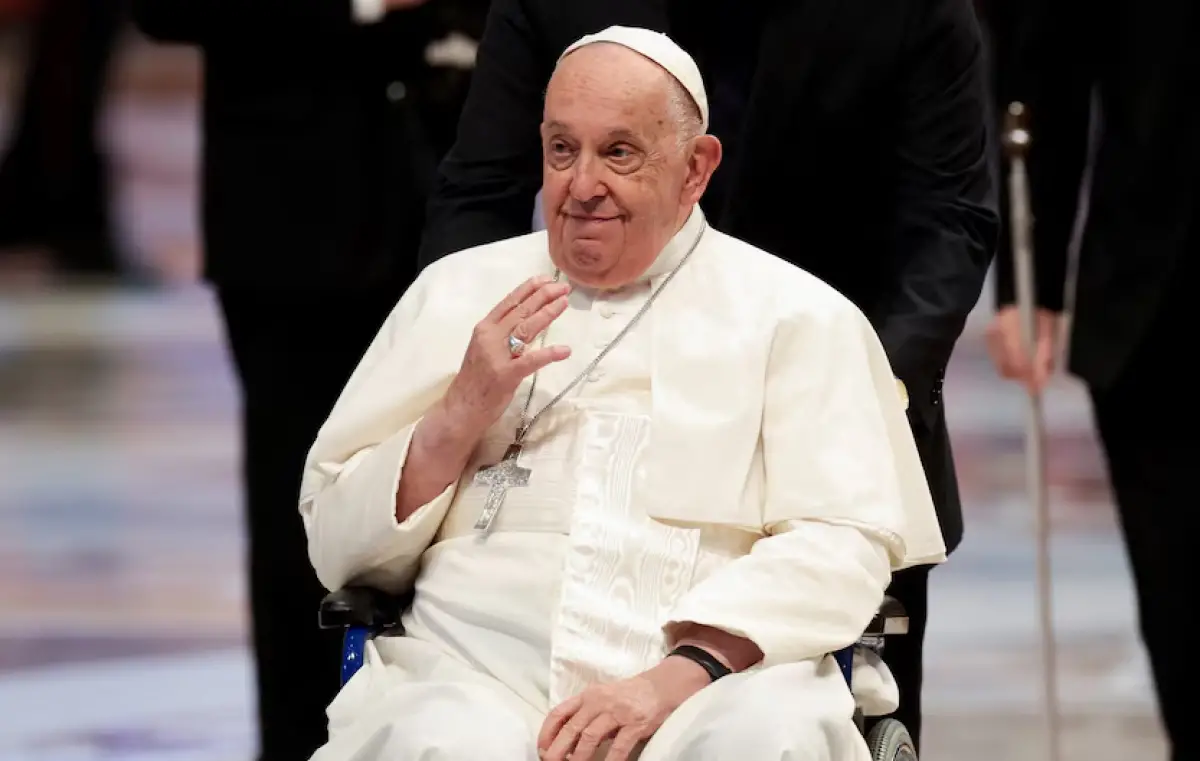The Passing of Pope Francis and the Journey to a New Papacy
On April 21, 2025, Catholics around the world mourned the loss of Pope Francis, who passed away at the age of 88 on Easter Monday. His death marks the end of a papacy characterized by advocacy for social justice, care for the environment, and efforts to bridge divides between faiths. Now, as the Church grieves, preparations are underway for one of its most sacred traditions: the election of a new pope.
A Time of Mourning and Reflection
Following Pope Francis’ passing, the Catholic Church entered a traditional period of mourning. Cardinal Kevin Farrell, the Camerlengo of the Apostolic Chamber, officially announced the pope’s death, declaring, “At 7:35 this morning, the Bishop of Rome, Francis, returned to the house of the Father.”
In the coming days, funeral rites will be held at St. Peter’s Basilica. Pope Francis’ body will lie in state, giving the faithful an opportunity to honor and remember his years of service. During this time, the Vatican is under the temporary administration of the College of Cardinals, marking the period known as “sede vacante,” when the papal throne is vacant.
The Camerlengo, assisted by a small group of officials, is responsible for managing the day-to-day affairs of the Vatican until a new pope is chosen.
The Upcoming Papal Conclave
Once the mourning period concludes, the College of Cardinals will gather to begin the process of electing the next pope. The conclave, held in the Sistine Chapel, is steeped in centuries of tradition and ceremony.
Only cardinals under the age of 80 are eligible to vote in the conclave. Currently, 138 cardinals meet this requirement, though the Church typically aims for around 120 electors. To be elected pope, a candidate must receive a two-thirds majority vote.
Historically, the process of selecting a new pope can span several weeks. The cardinals must travel to Rome, participate in meetings called General Congregations, and carefully consider the needs of the Church in the modern world before casting their votes.
How the Conclave Works
Before entering the conclave, the cardinals hold preparatory congregations. These meetings allow the electors to discuss the direction they believe the Church should take in the future. Topics such as social issues, international peace, Church governance, and spiritual leadership are often central to these conversations.
Once inside the Sistine Chapel, the cardinals swear an oath of secrecy. They are completely isolated from the outside world—no phones, no internet, no communication—ensuring that their decision remains free from external influence.
Voting begins shortly after the conclave opens. Up to four votes are held each day: two in the morning and two in the afternoon. If no candidate reaches the two-thirds majority, the voting continues until a consensus is achieved.
The public will be informed of the outcome through the traditional smoke signals from the Sistine Chapel chimney. Black smoke signals an inconclusive vote, while white smoke announces the election of a new pope.
Looking Toward the Future
The election of a new pope is a pivotal moment not just for Catholics, but for the global community. The new leader of the Catholic Church will inherit the challenges of a rapidly changing world, carrying forward Pope Francis’ legacy while shaping a new path for the future.
As the Church prepares for this sacred decision, Catholics worldwide are united in prayer, reflection, and hope for the next chapter in their faith’s journey.
